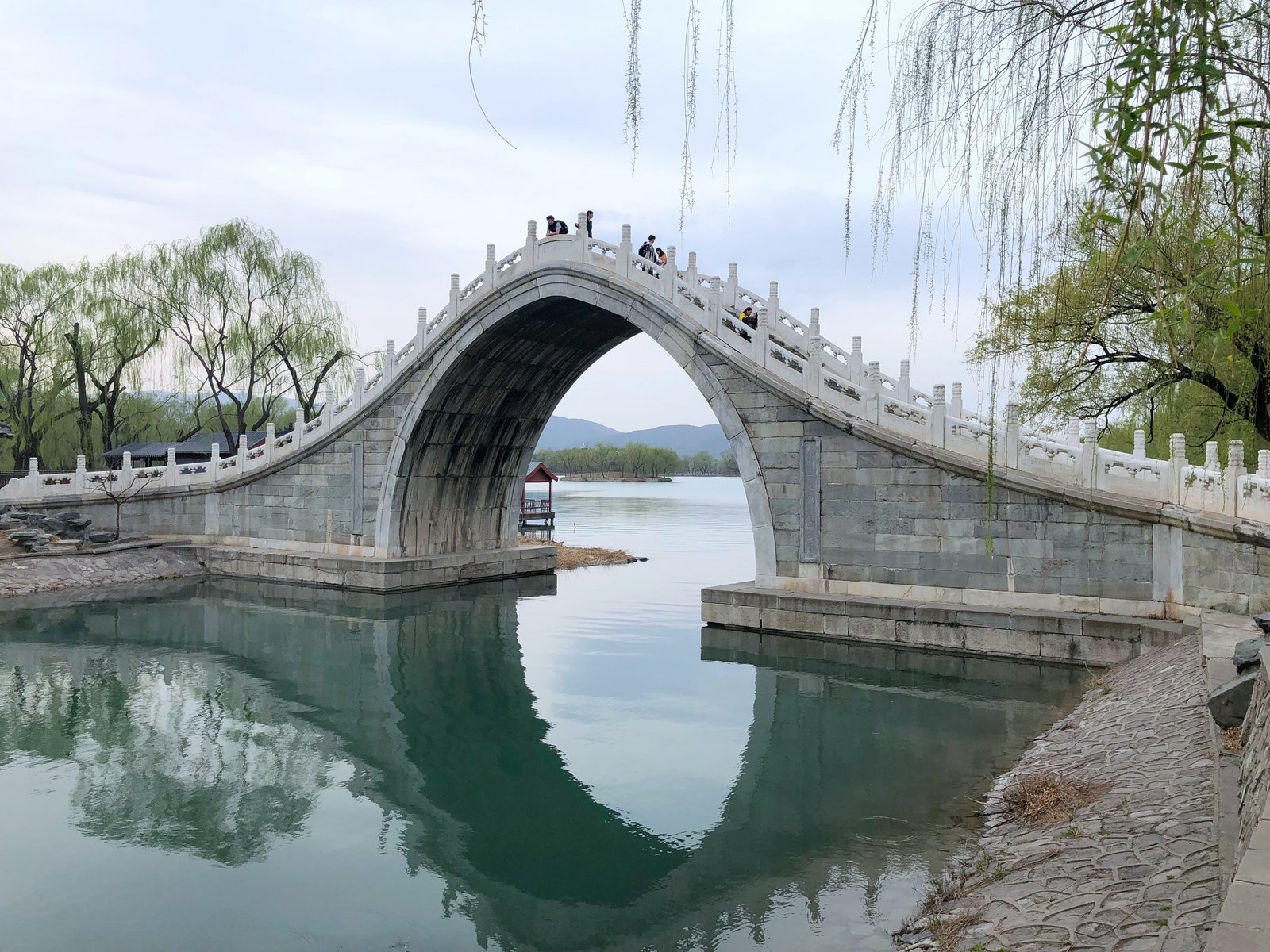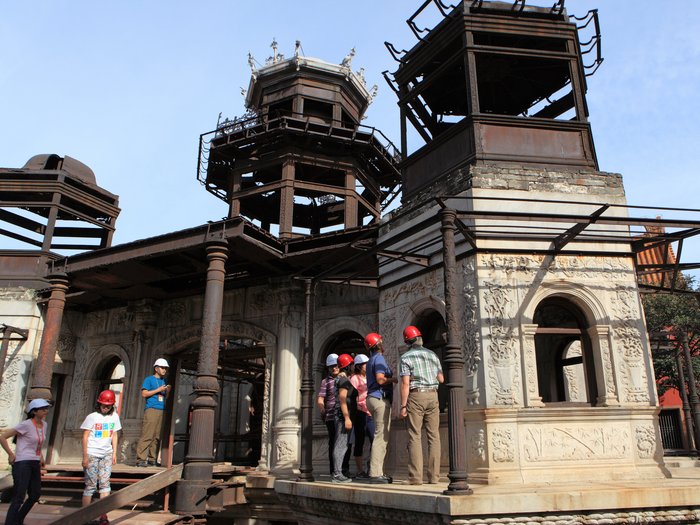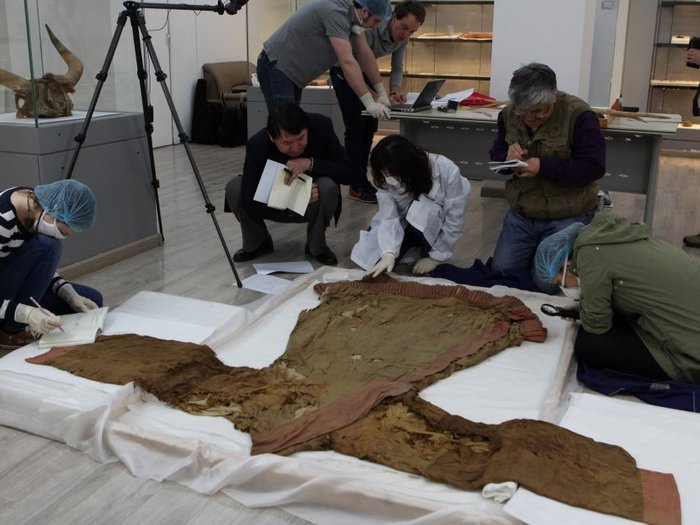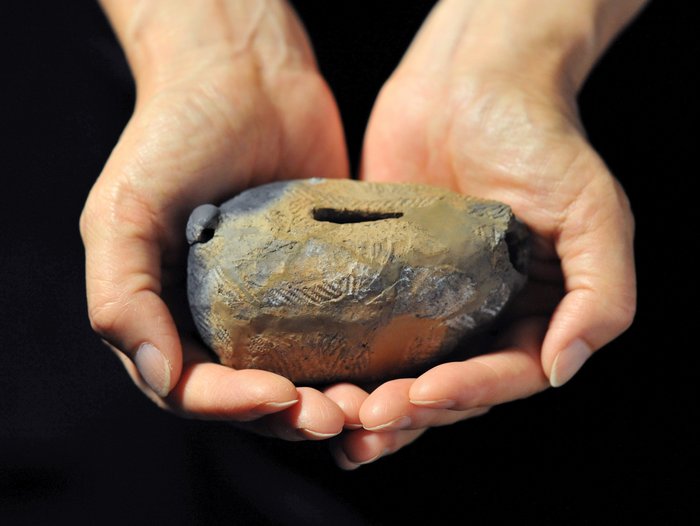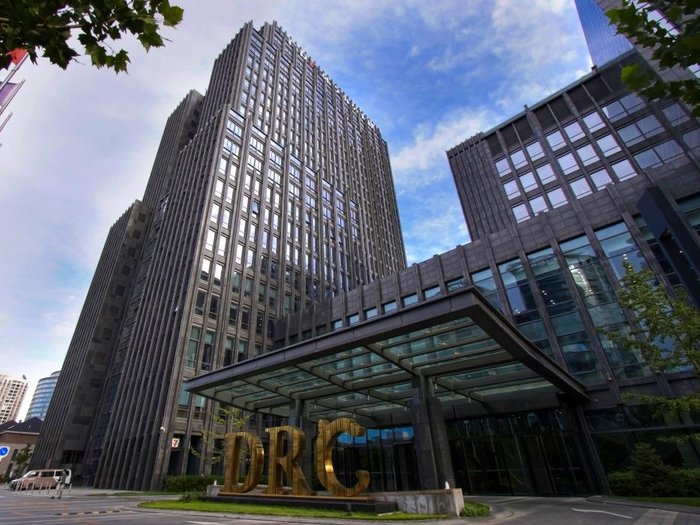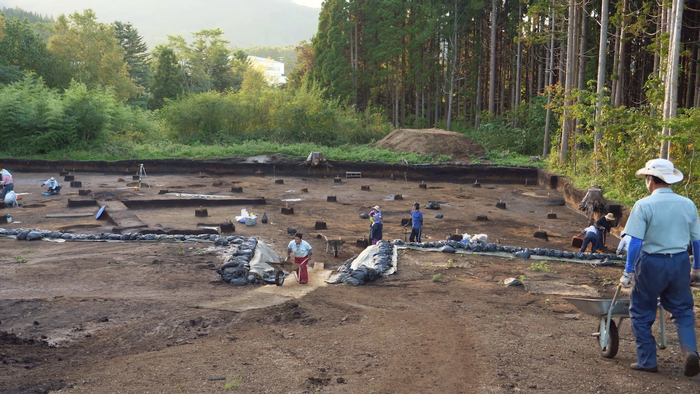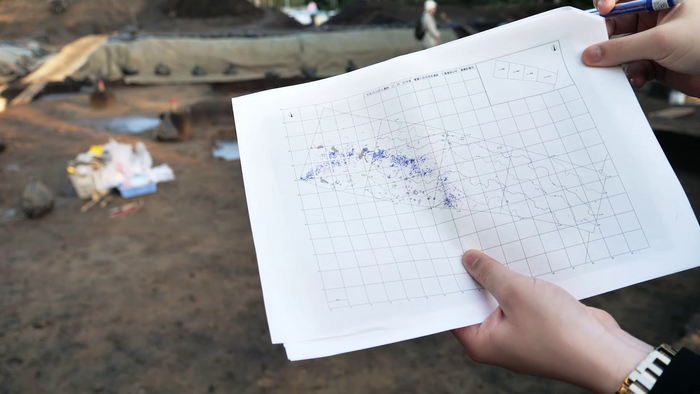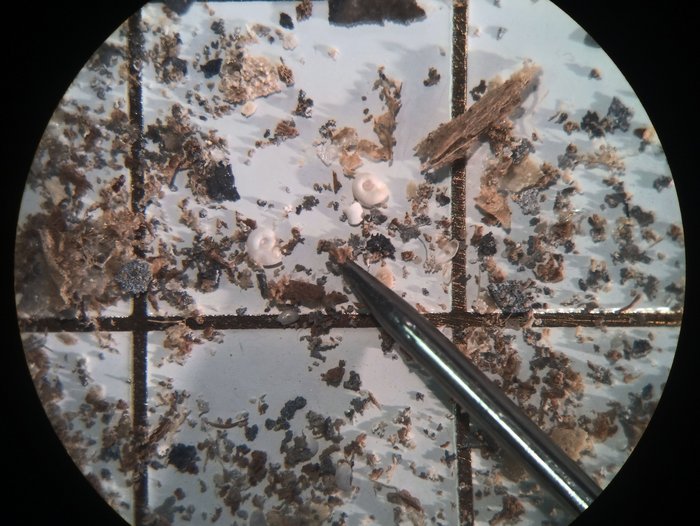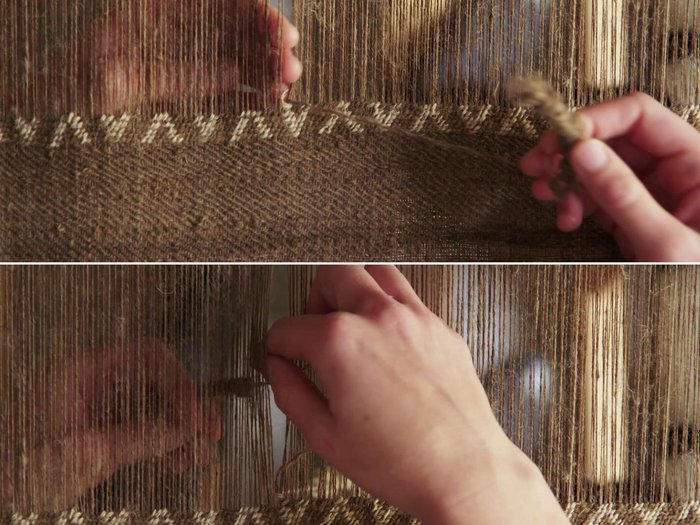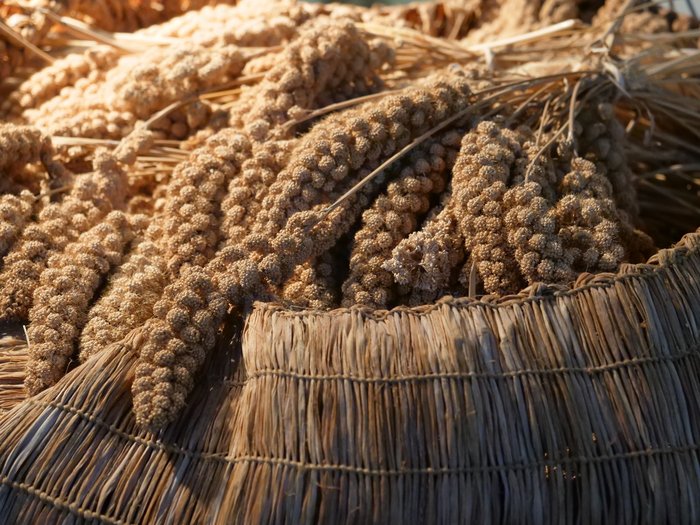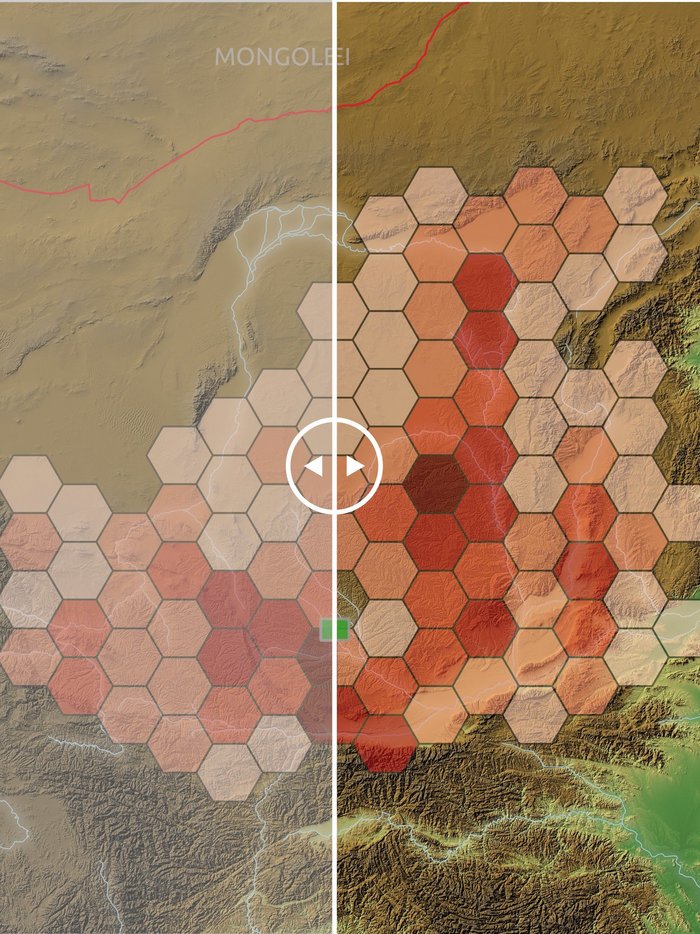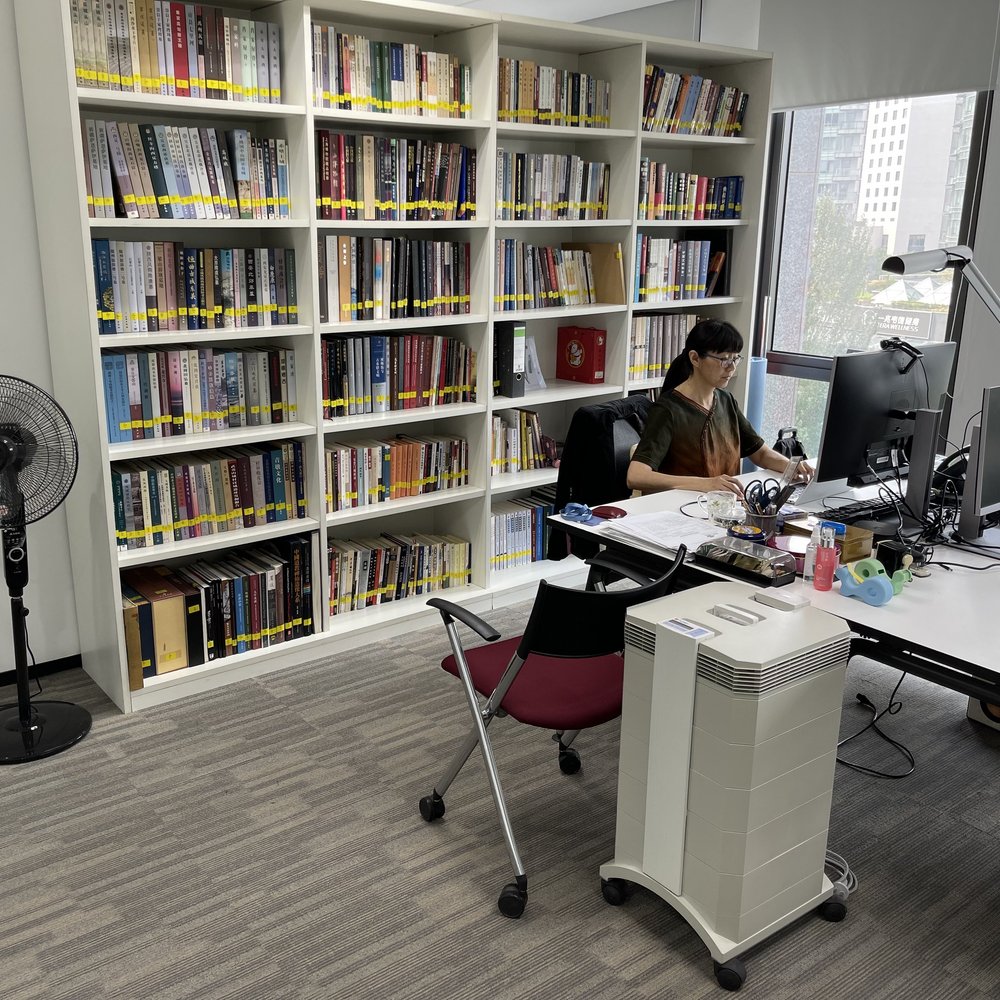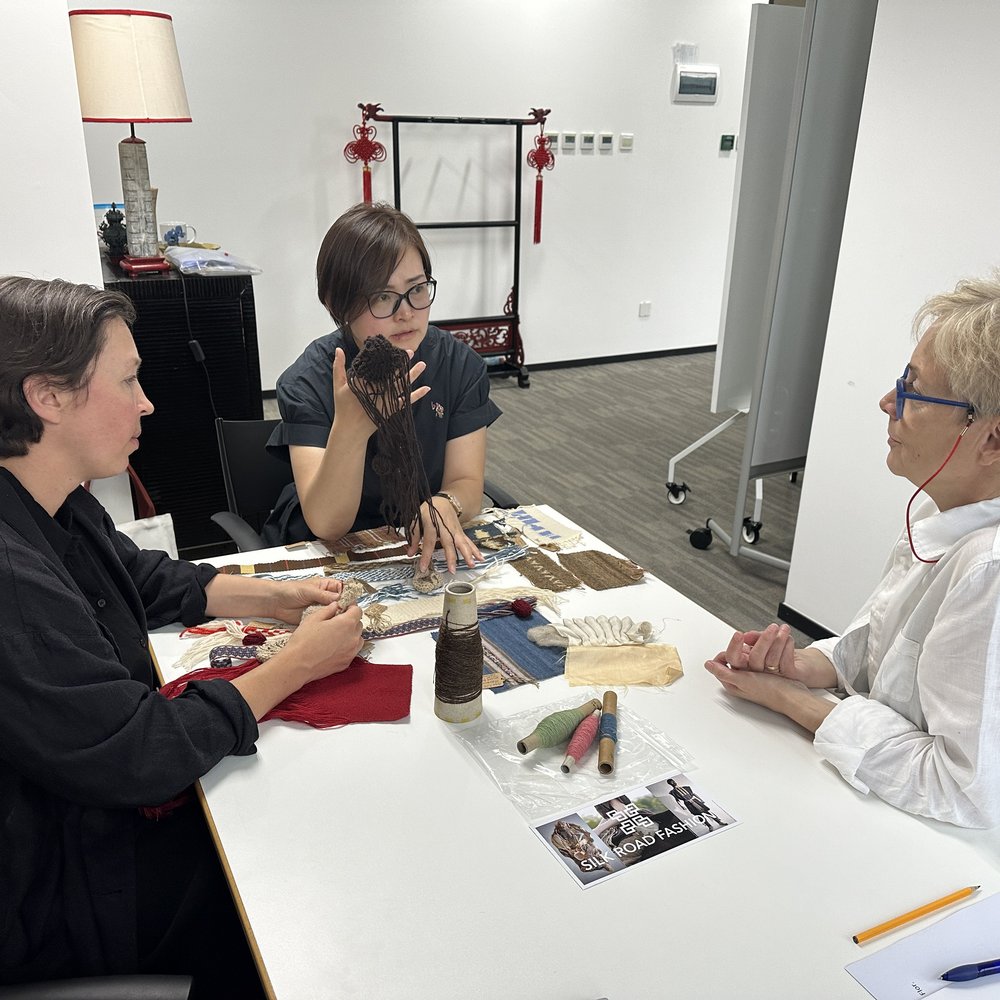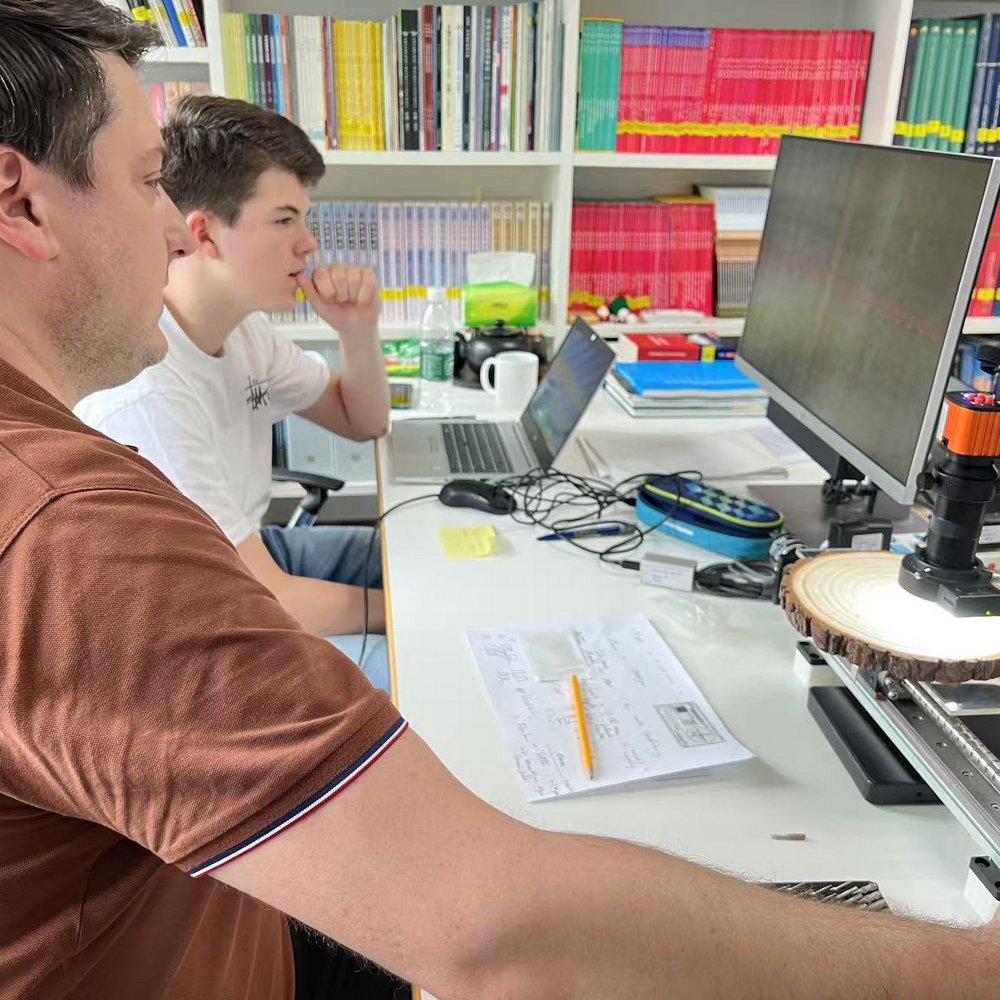Beijing Branch
We build bridges for the research, conservation and presentation of cultural heritage in the East of the Eurasian continent.
PROFILE
Research into cultural heritage and environmental change in East Asia is at the center of our work.
In multilateral cooperation projects in the humanities and natural sciences with East Asian partner institutions and colleagues from other departments of the DAI and from universities and research institutions worldwide, studies are carried out on overarching issues.
The cooperation with the Palace Museum Beijing and the TU Berlin in the fields of historical building research and dendrochronology in particular serves the statutory educational mission and the preservation of cultural monuments in the host country China.
The branch office supports East Asian archaeologists in studying at German universities and gaining further qualifications by using the DAI's libraries and online services. German students and doctoral candidates who are preparing their theses in East Asia receive academic support from the branch office and are involved in the research projects.
Gelber Fluss, Kreis Yongjing, Provinz Gansu, China © DAI, EA // D. Hosner
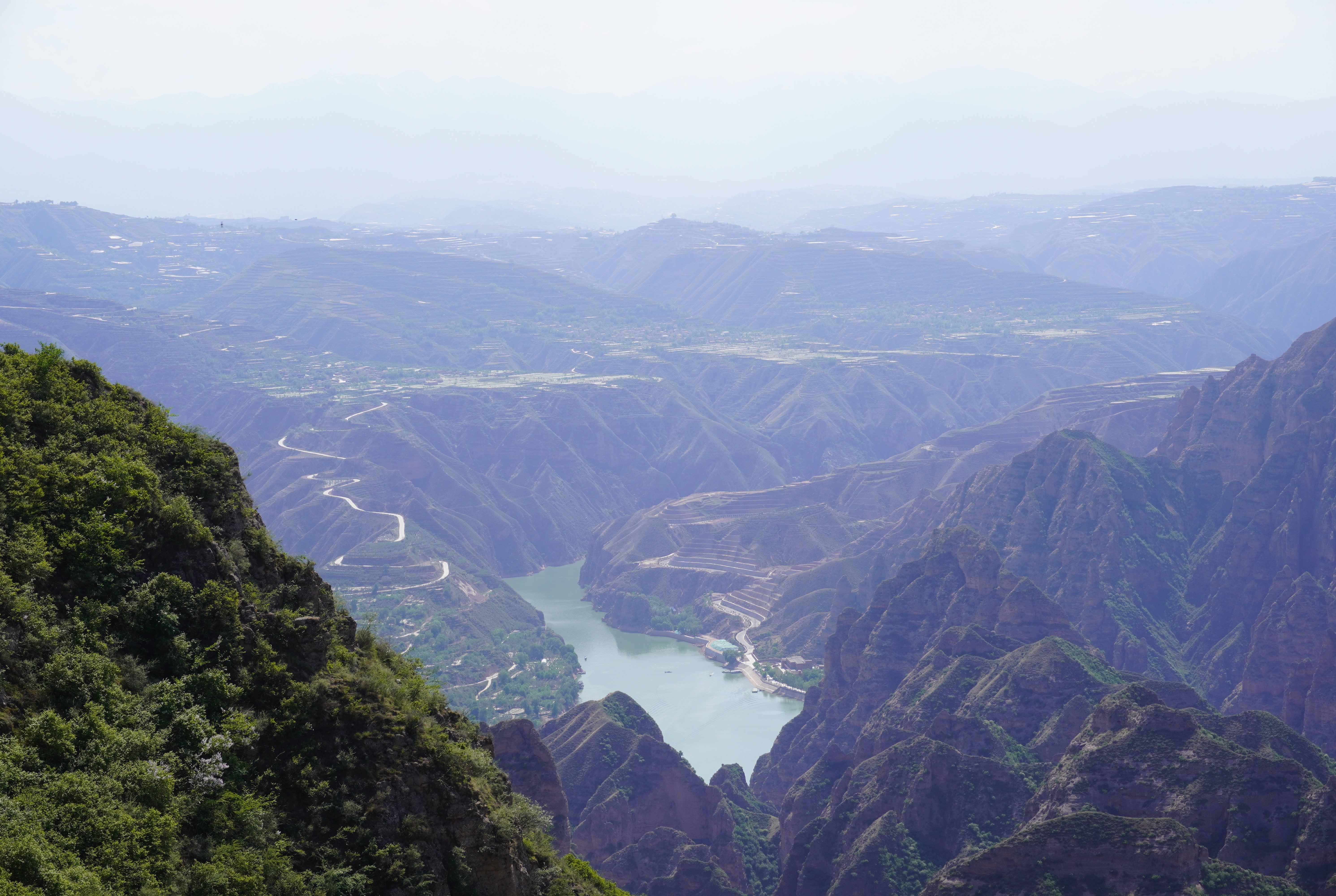
A small library is available to staff and guests of the branch office in Beijing for academic work.
With its publications in various media and formats, the branch office makes the latest research findings accessible to a broad public and contributes to strengthening East Asia expertise in Germany.
Additional information on the research mission of the Beijing branch office can be found here.
Organisation
The Beijing branch is headed by the Second Director of the Eurasia Department, Prof. Dr. Mayke Wagner. The Assistance to the Director, Ms. Xiaocheng Chen, coordinates all work in China, maintains contact with a large number of local partners and participates in knowledge transfer activities. A research associate for Chinese archaeology, Dr. Dominic Hosner, conducts research into prehistoric archaeology, supervises the dendrochronology project at the Palace Museum and teaches at Shandong University.
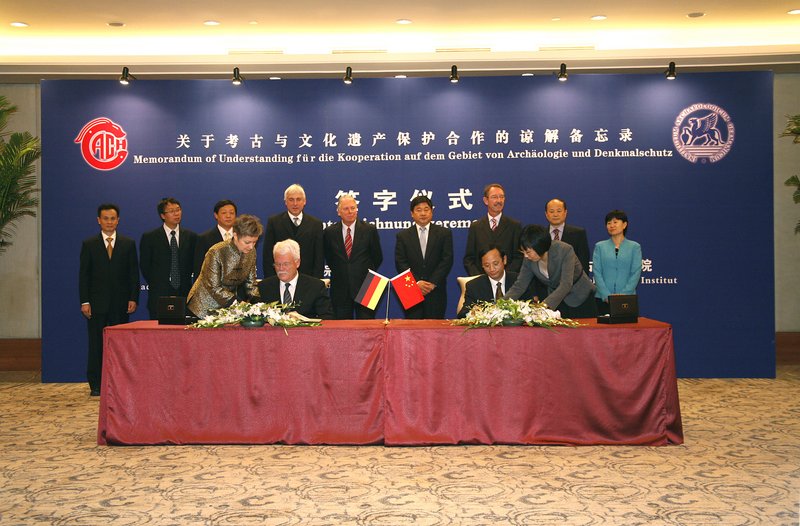
Unterzeichnung des MoU zwischen DAI und der Chinesischen Akademie für Kulturerbe, 2009, Peking, China. Personen v. l. n. r., hintere Reihe: Li Peisong, Chen Xingcan, Huang Yuan, Svend Hansen, Michael Schäfer, Shan Jixiang, Matthias Knaut, Tong Mingkang, Lu Qiong. Personen v. l. n. r., vordere Reihe: Mayke Wagner, Joachim Gehrke, Gu Yucai, Zhu Ye. © DAI_EA // Chinesische Akademie für Kulturerbe
OUR HISTORY
The Beijing branch was established in 2009 on the basis of an agreement between the Chinese Academy of Cultural Heritage of the People's Republic of China and the German Archaeological Institute in order to intensify existing cooperation with Chinese institutions and initiate new joint research and training projects. This makes the DAI the first and only foreign research institution specializing in archaeology and cultural preservation with a branch in China.

Als sich am Ende der Eiszeit die Erde erwärmt und das Eis schmilzt, steigt der Meeresspiegel zwischen 18.000 und 8.000 Jahren vor heute um etwa 120m an. Das ist 1,20 Meter in hundert Jahren. © DAI_EA // Monströös Animations Studio
Topics & Outlook
As part of the research agenda of the Eurasia department, the research of the Beijing branch is geared towards recognizing regional specifics of cultural practices and natural spaces, but also continental dynamics, in particular technical and social transformation processes. Looking at sustainable change from a supra-regional perspective and in temporal depth offers the opportunity to better understand interdependencies, causalities and mechanisms of action, even in individual settlement areas. ...
Infrastructure
PUBLICATIONS
The Beijing office publishes two book series and produces documentaries such as "The Hokkaido Universe" and "The Invention of Trousers". Available in several languages.
Publikationen der AS Peking © DAI, EA // M. Wagner
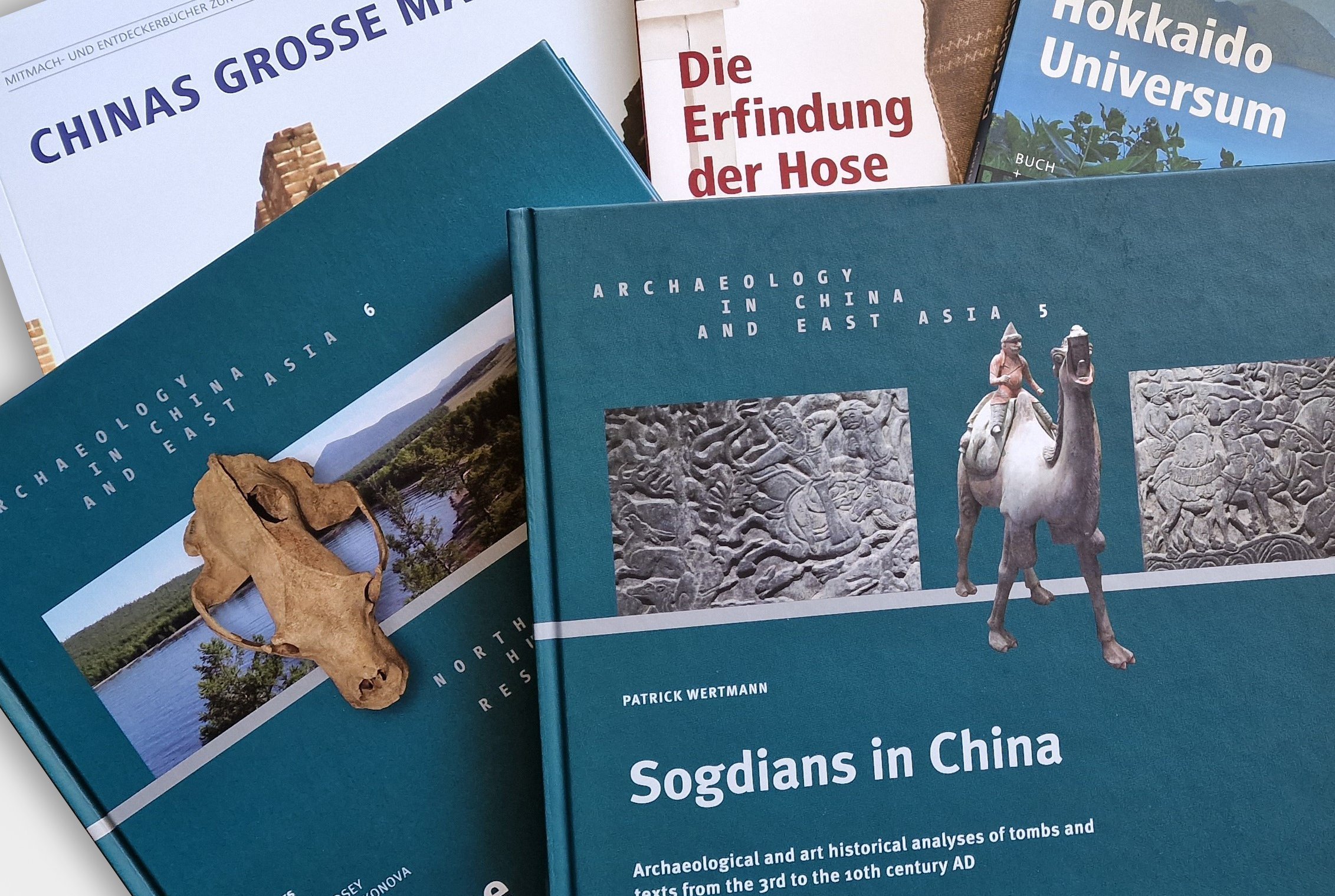
Activity and Discovery Books on East Asian Archaeology
In the series Mitmach- und Entdeckerbücher zur Ostasiatischen Archäologie you will find entertaining non-fiction books on a variety of topics and periods.
Publisher
Nünnerich-Asmus Verlag & Media GmbH
Krämerstraße 25
55276 Oppenheim am Rhein
www.na-verlag.de
Responsible editor/publisher
Mayke Wagner
Beijing Branch of the Eurasia Department
Search all volumes of the series on ZENON
Auswahl von Dokumentarfilmen © DAI, EA // D. Handfried
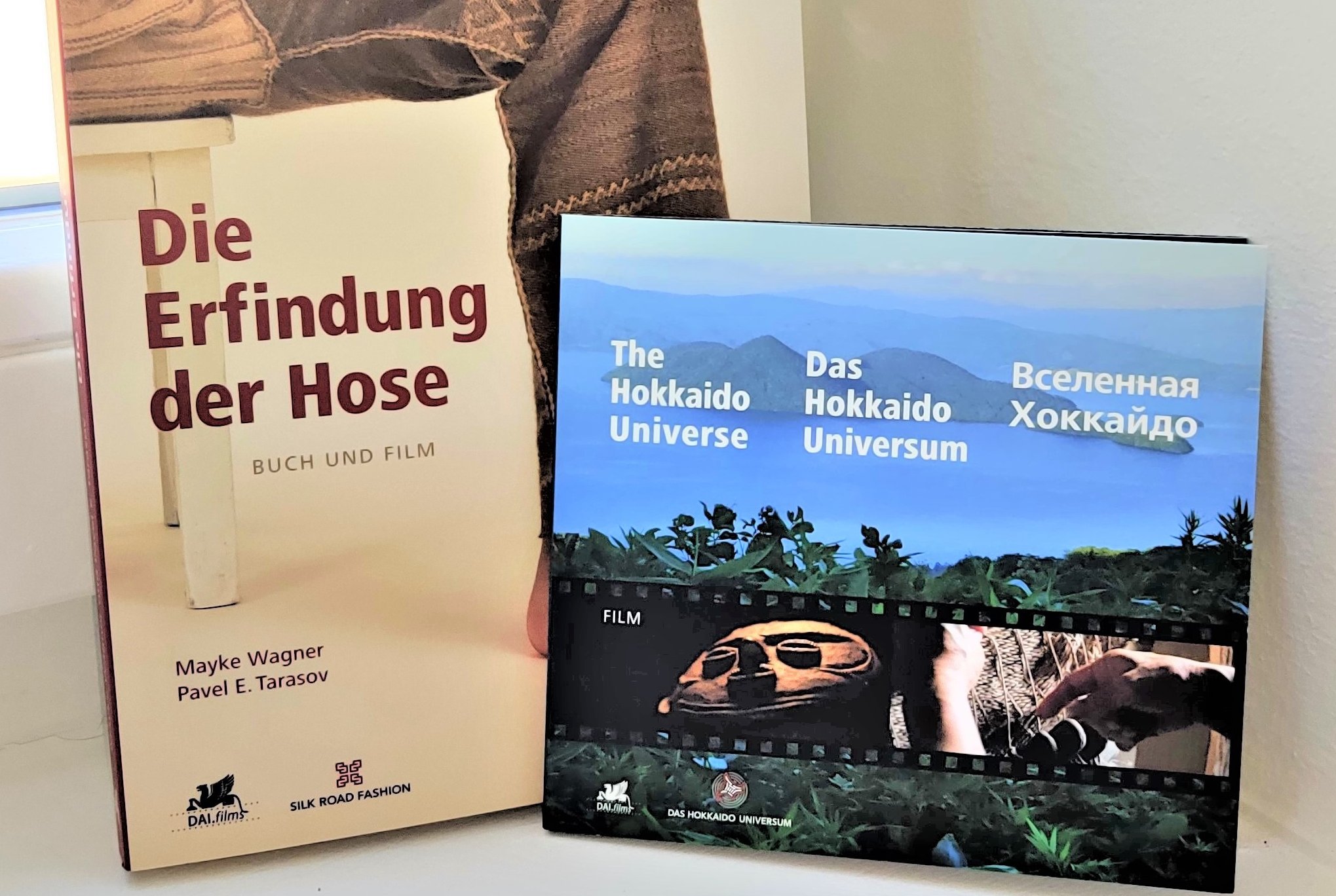
Archaeology in China and East Asia
The Archaeology of China and East Asia series provides expertise on archaeological discoveries and research into the history of knowledge, technology and trade, environmental change, art and culture in East Asia and neighbouring regions.
Publisher
Nünnerich-Asmus Verlag & Media GmbH
Krämerstraße 25
55276 Oppenheim am Rhein
www.na-verlag.de
Responsible editor/publisher
Mayke Wagner and Dominic Hosner
Beijing Branch of the Eurasia Department
Search all volumes of the series on ZENON

